News
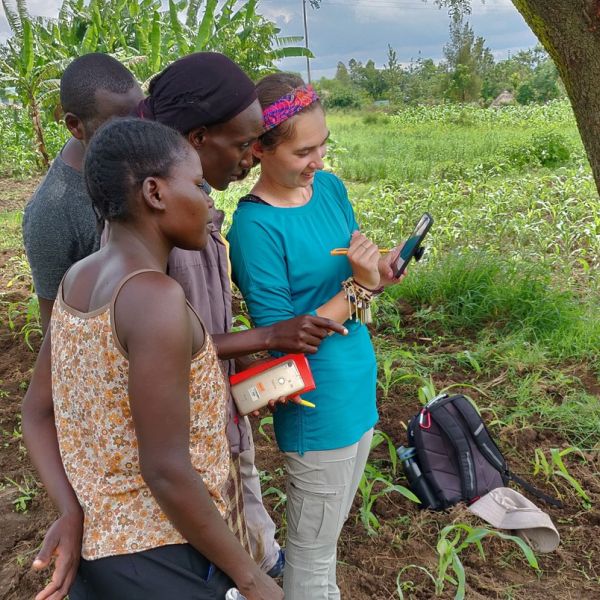
Jul 09, 2019
PlantVillage gives undergraduate a chance to help feed the world via technology
Coming from the small town of Limeport, near Allentown, a young Annalyse Kehs may not have thought much about international agriculture or feeding the world. But thanks to a project called PlantVillage, the Penn State rising senior not only is helping to address world hunger but is relishing the opportunity to travel to destinations such as Kenya and Rome to interact with farmers, researchers and policymakers.
Full Article
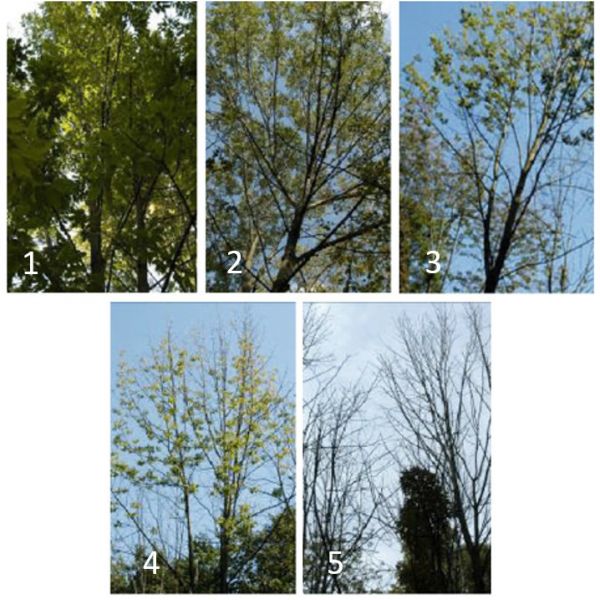
Jul 08, 2019
Some green ash trees show some resistance to emerald ash borers
Genes in green ash trees that may confer some resistance to attacks by the emerald ash borer express themselves only once the tree detects the invasive beetle's feeding, according to Penn State researchers.
Full Article
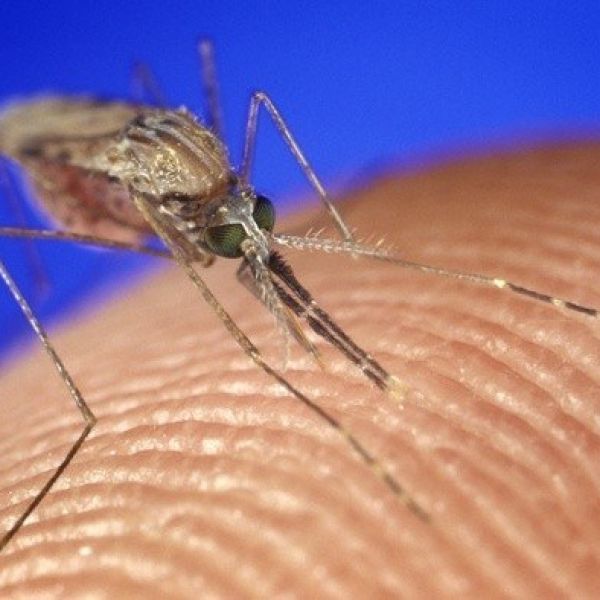
Jun 27, 2019
Climate warming could increase malaria risk in cooler regions
Malaria parasites develop faster in mosquitoes at lower temperatures than previously thought, according to researchers at Penn State and the University of Exeter. The findings suggest that even slight climate warming could increase malaria risk to hundreds of thousands, if not millions, of people — including travelers — in areas that are currently too cold for malaria parasites to complete their development.
Full Article
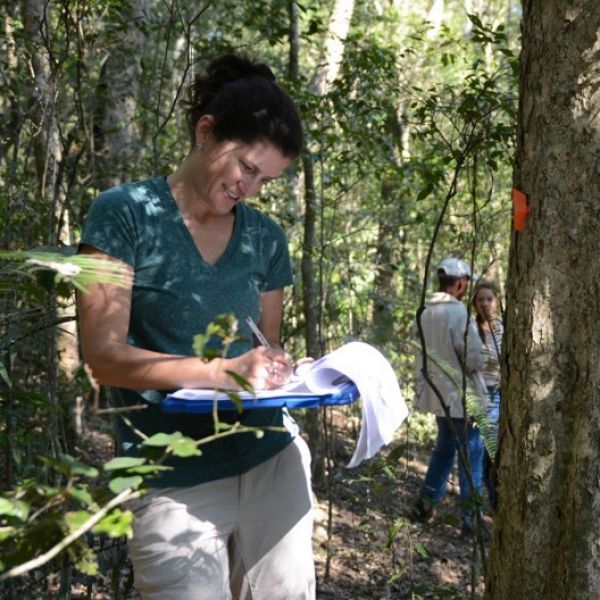
Jun 20, 2019
South African forests show pathways to a sustainable future
Native forests make up one percent of the landscape in South Africa but could play a key role in reducing atmospheric carbon and identifying sustainable development practices that can be used globally to counter climate change, according to a Penn State researcher.
Full Article
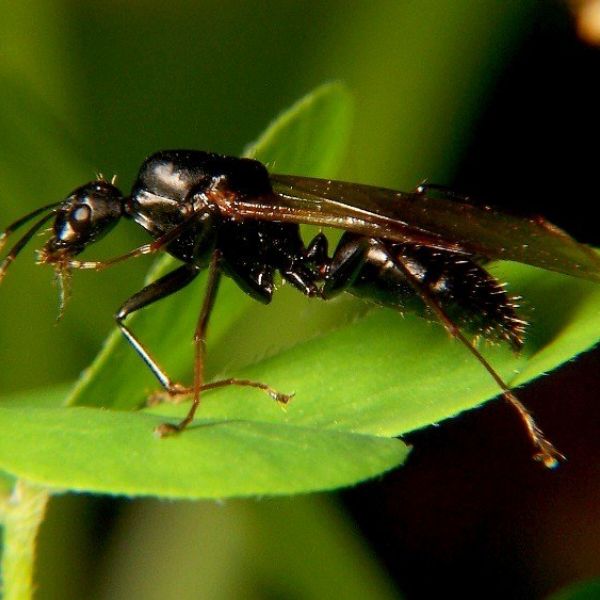
Jun 13, 2019
Ants maintain essential interactions despite environmental flux
Ants adjust their social interactions to accommodate changes in population density, according to researchers at Penn State and Georgetown University. The findings suggest that ant colonies are capable of maintaining their sophisticated social organization despite potentially drastic changes in their environments.
Full Article
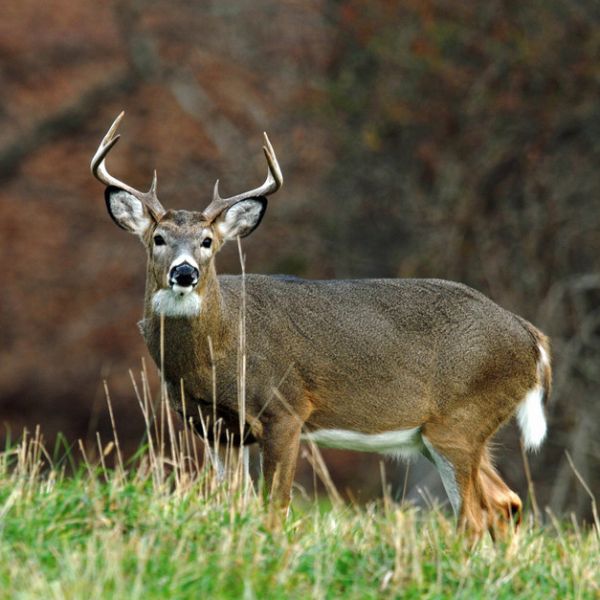
Jun 06, 2019
Northeastern deer more susceptible to wasting disease than those to the west
Some deer are more susceptible to chronic wasting disease that is spreading through herds of white-tailed deer across much of the United States, according to Penn State researchers.
Full Article

May 31, 2019
NIFA awards grant for microbial stress tolerance research
The National Institute of Food and Agriculture (NIFA) recently awarded Kevin Hockett $453,000 to assist in research focusing on how microbes tolerate distinct stresses.
Full Article
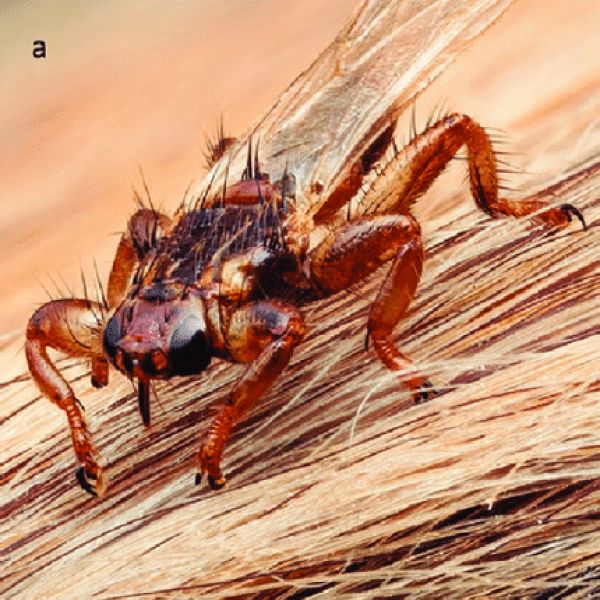
May 31, 2019
New records show spread of parasitic deer flies across the US
With flattened bodies, grabbing forelegs and deciduous wings, deer keds do not look like your typical fly. These parasites of deer — which occasionally bite humans — are more widely distributed across the U.S. than previously thought.
Full Article
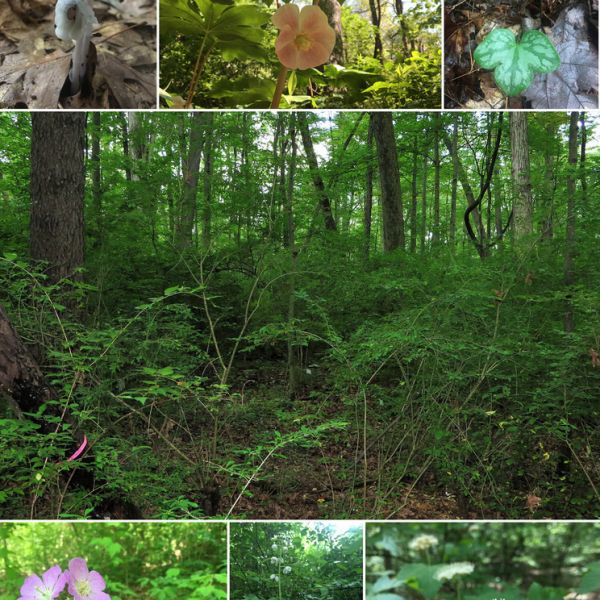
May 15, 2019
Native forest plants rebound when invasive shrubs are removed
Removing invasive shrubs to restore native forest habitat brings a surprising result, according to Penn State researchers, who say desired native understory plants display an unexpected ability and vigor to recolonize open spots.
Full Article
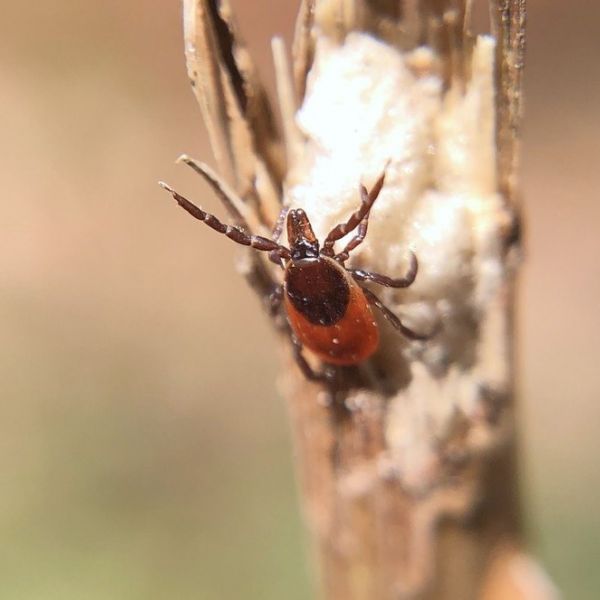
May 03, 2019
More Than 100 Years of Data show Pennsylvania Tick Population Shift
The prevalence of the most abundant species of ticks found in Pennsylvania has shifted over the last century, according to Penn State scientists, who analyzed 117 years' worth of specimens and data submitted primarily by residents from around the state.
Full Article